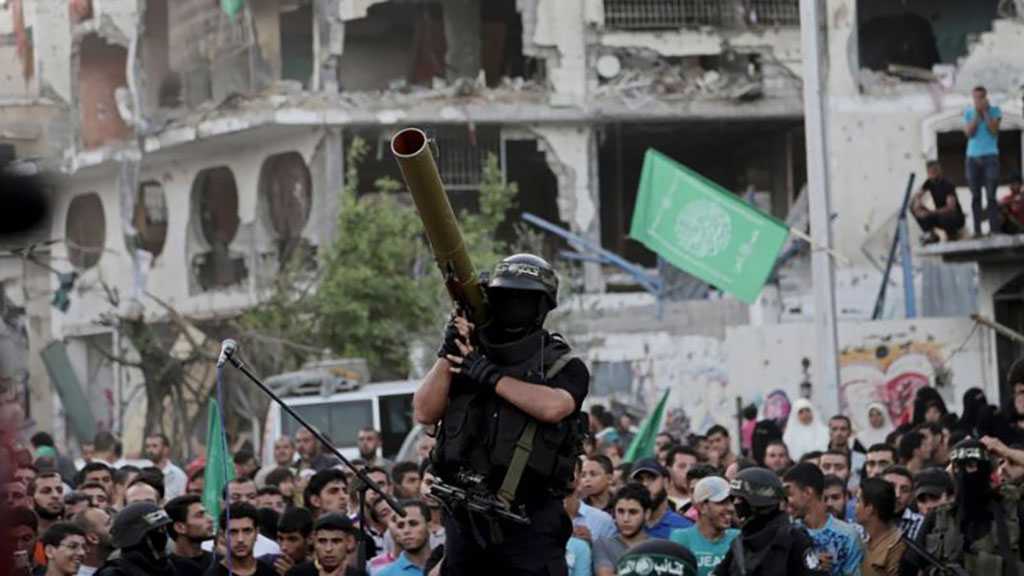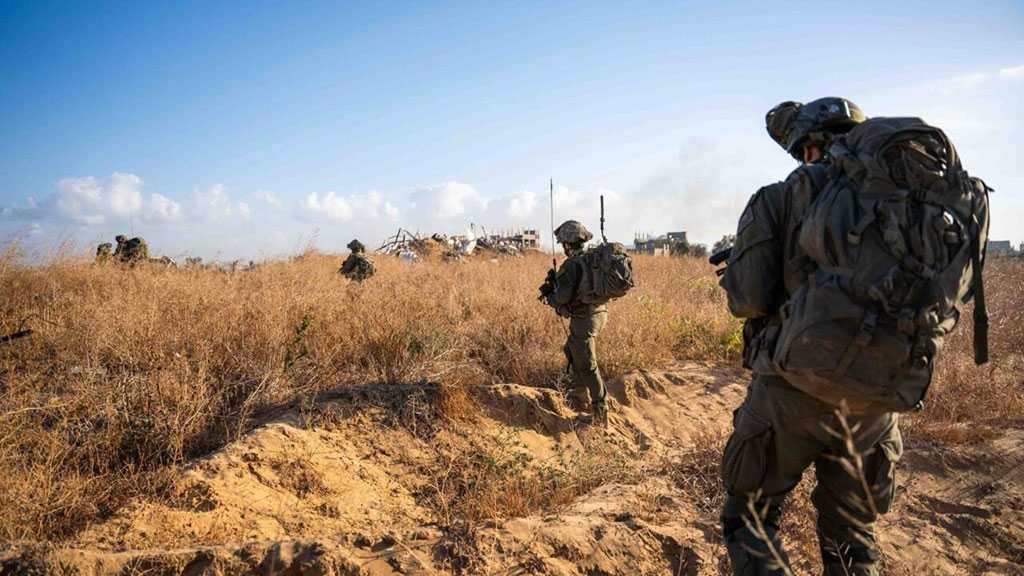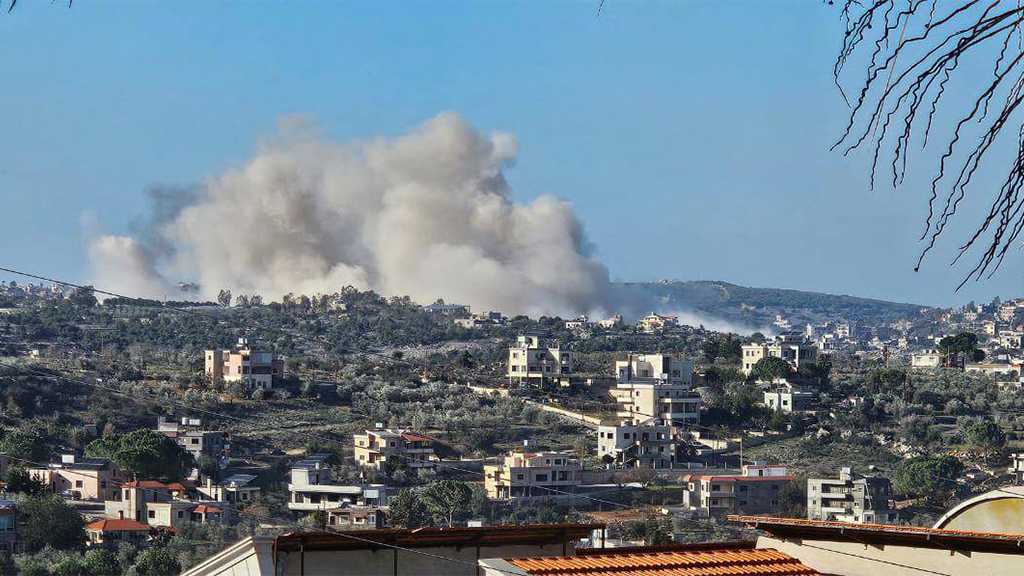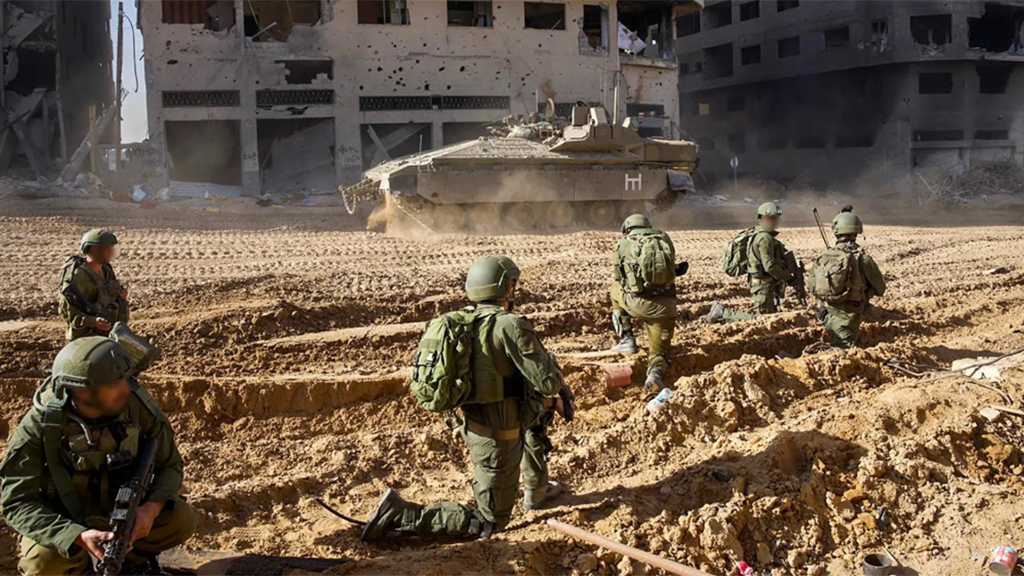
“Israel” Warns: The Day After a Ceasefire Could Strengthen Hamas’s Capabilities

By Staff, Agencies
Amid ongoing negotiations for the release of Zionist captives, “Israeli” forces announced that they have received no directives to modify their military operations in Gaza.
Military sources clarified: “Contrary to circulating claims, no dismantling operations have taken place, nor have military vehicles been withdrawn from Gaza to the occupied territories. The war against Hamas continues as planned.”
According to "Israeli" estimates published by the "Israeli" Walla website, any potential ceasefire agreement in Gaza would lead to decisions that are implemented incrementally rather than immediately.
However, opinions within the security establishment remain divided regarding the negotiations’ trajectory and the possible repercussions for the Zionist entity after the captives’ release.
Zionist security officials voiced concerns over several consequences, including withdrawing from the Philadelphi Axis, reopening the Rafah crossing, and accelerating Gaza’s reconstruction process. They argue these actions could bolster Hamas’s control and restore its military capabilities.
An official remarked, “This situation is perplexing. How can negotiations be held with an organization that is supposedly targeted for destruction?”
Another security source added, “Hamas has already begun its recovery—not just through humanitarian aid—but by developing new weapons, recruiting members, and utilizing infrastructure previously undiscovered, such as the underground tunnels in Beit Hanoun.”
The Zionist military and security analysis highlights critical vulnerabilities the “Following Day” may present:
- Reconstruction of Gaza Strip: Hamas has leveraged past conflicts to rebuild its military infrastructure, including tunnels, command centers, and training facilities. The pace of reconstruction will hinge on concessions made by "Israel" concerning crossings and smuggling controls.
- Northern Gaza Strip: The return of Palestinian residents to their homes could threaten the railway to "Ashkelon" and nearby settlements.
- Buffer Zone: Homes near the border may serve as firing positions.
- “Netzarim” Axis: This strategic route, under "Israeli" control, divides Gaza into two sections and acts as a pressure tool against Hamas. It might be relinquished as part of future agreements.
- Philadelphi Axis: Ongoing intelligence disputes surround the origins of Hamas's arms smuggling. However, Palestinian control over the axis would likely revive smuggling operations.
- Maritime Challenges: While the sea blockade has curtailed smuggling and attacks, the situation’s future remains uncertain post-conflict.
- Rafah City: Currently controlled by "Israeli" forces, the buffer zone along the Egyptian border may face instability if handed over to Palestinian control.
Despite these concerns, “Israel” has refused to compromise on the security of its "residents" and continues its offensive against Hamas. Military officials concluded, “The road to stability is long and fraught with challenges.”
Comments
- Related News


